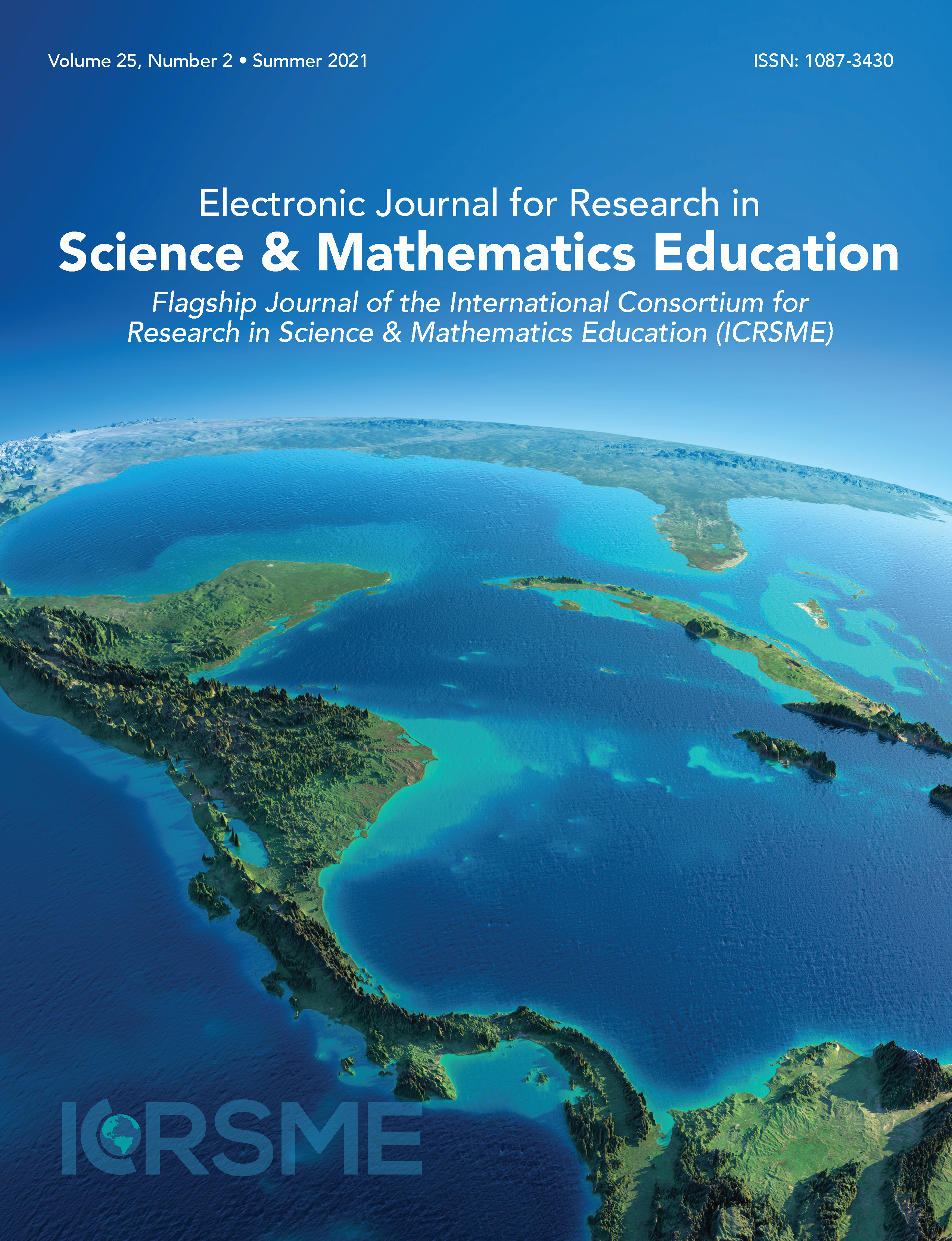Investigating Weather, Climate, and Climate Change Understanding of Appalachian Middle-Level Students
Main Article Content
Abstract
Climate change is an increasingly pervasive global topic, but how much of this discussion is accurately understood by students? Fully comprehending the small fluctuations associated with long term changes in temperature and precipitation is a daunting task for the general public, let alone for middle-level adolescents. This study examines students’ understanding of weather, climate and climate change. Forty-seven students, ages 12-14 from the Appalachian region of the US, were surveyed before, immediately after, and six months after a standards-based unit of instruction. The study utilized a questionnaire developed by Boon (2009) with additional questions related to weather and climate. Qualitative data were analyzed using a constructivist framework and student responses were examined for understanding of the main content ideas. The students’ understandings were analyzed over time for shifts and were also compared with previously published research (Bodzin et al., 2014; Boon, 2009). Students made improvements in some aspects of understanding with instruction but not all gains persisted to six months post instruction. Students’ distinctions between weather and climate were altered by instruction, persisted, and continued to improve with time. Students demonstrated a general understanding of the differences between weather and climate but struggled when asked to apply this knowledge to specific situations. Some improvements in students’ basic understanding of the greenhouse effect were evident, but some of these improvements degraded with time. While instruction was able to temporarily improve understanding of greenhouse gases, and the benefits of the greenhouse effect, overall students did not retain this understanding over the long term.
Article Details
© 2025 Electronic Journal for Research in Science & Mathematics Education (EJRSME)
